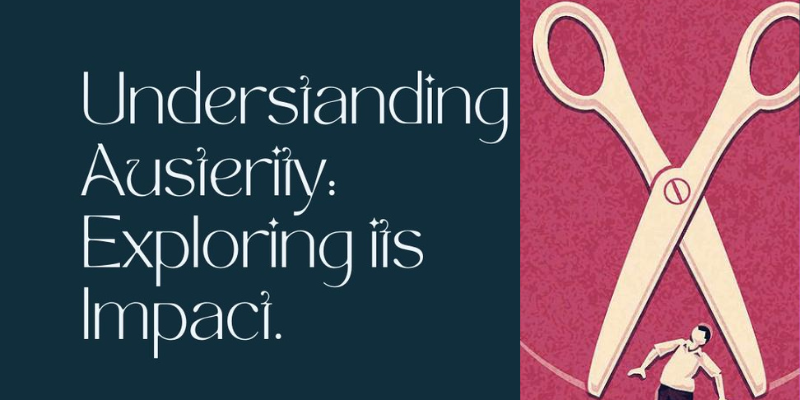Computer Science: Overview of Key Topics Within the Field
Computer Science is a dynamic and expansive field that encompasses a wide array of topics ranging from theoretical foundations to practical applications. This article provides an overview of some of the key topics within Computer Science, highlighting their significance and interconnections. 1.0 Algorithms and Data Structures Algorithms and data structures form the backbone of computer science, providing methods and tools for solving problems efficiently. An algorithm is a step-by-step procedure for calculations, data processing, and automated reasoning tasks. Data structures, on the other hand, are ways to organise and store data to facilitate efficient access and modification. Knuth’s seminal work, “The Art of Computer Programming,” offers an in-depth exploration of algorithms and data structures, illustrating their fundamental importance in computer science (Knuth, 1997). 2.0 Artificial Intelligence and Machine Learning Artificial Intelligence (AI) and Machine Learning (ML) are pivotal in modern computer science, driving advancements in various domains such as healthcare, finance, and autonomous systems. AI encompasses the development of systems that can perform tasks typically requiring human intelligence, including visual perception, speech recognition, and decision-making. ML, a subset of AI, focuses on the development of algorithms that allow computers to learn from and make predictions based on data. Russell and Norvig’s “Artificial Intelligence: A Modern Approach” is a comprehensive resource that delves into the principles and applications of AI and ML (Russell & Norvig, 2020). 3.0 Computer Networks and the Internet Computer networks, including the Internet, are essential for communication and information exchange in today’s connected world. This topic covers the design, implementation, and management of networks that connect computers and other devices. Key concepts include network protocols, architecture, security, and performance. Kurose and Ross’s “Computer Networking: A Top-Down Approach” provides an extensive overview of how networks operate, from the physical layer to application protocols (Kurose & Ross, 2017). 4.0 Cybersecurity Cybersecurity is the practice of protecting systems, networks, and programs from digital attacks. These attacks are often aimed at accessing, changing, or destroying sensitive information, extorting money from users, or interrupting normal business processes. The field of cybersecurity encompasses various disciplines, including cryptography, network security, and information assurance. Schneier’s “Applied Cryptography” is a foundational text that explores the principles and techniques used to secure data and communication (Schneier, 1996). 5.0 Software Engineering Software engineering involves the application of engineering principles to the development of software. This includes the systematic approach to the design, development, testing, and maintenance of software systems. The goal is to produce high-quality software that is reliable, efficient, and maintainable. Sommerville’s “Software Engineering” is a key reference that outlines best practices and methodologies in the field, from requirements engineering to project management (Sommerville, 2015). 6.0 Human-Computer Interaction Human-Computer Interaction (HCI) studies the design and use of computer technology, focusing particularly on the interfaces between people (users) and computers. Researchers in HCI observe the ways in which humans interact with computers and design technologies that let humans interact with computers in novel ways. The book “Human-Computer Interaction” by Dix et al. provides an in-depth look at the theories, methodologies, and applications of HCI (Dix et al., 2004). 7.0 Database Systems Databases are organised collections of data that are stored and accessed electronically. Database systems provide efficient, reliable, convenient, and safe multi-user storage of and access to massive amounts of persistent data. Silberschatz, Korth, and Sudarshan’s “Database System Concepts” is a comprehensive guide to the fundamental concepts underlying database management systems (Silberschatz et al., 2011). Computer Science is a multifaceted discipline that integrates various fields and concepts, each contributing to the overall advancement of technology and society. Understanding these key topics provides a solid foundation for further exploration and specialisation in the diverse and ever-evolving field of computer science. References Dix, A., Finlay, J., Abowd, G. D., & Beale, R. (2004) Human-Computer Interaction. 3rd ed. Pearson. Knuth, D. E. (1997) The Art of Computer Programming. Vol. 1: Fundamental Algorithms. 3rd ed. Addison-Wesley. Kurose, J. F., & Ross, K. W. (2017) Computer Networking: A Top-Down Approach. 7th ed. Pearson. Russell, S. J., & Norvig, P. (2020) Artificial Intelligence: A Modern Approach. 4th ed. Pearson. Schneier, B. (1996) Applied Cryptography: Protocols, Algorithms, and Source Code in C. 2nd ed. Wiley. Silberschatz, A., Korth, H. F., & Sudarshan, S. (2011) Database System Concepts. 6th ed. McGraw-Hill. Sommerville, I. (2015) Software Engineering. 10th ed. Pearson.










